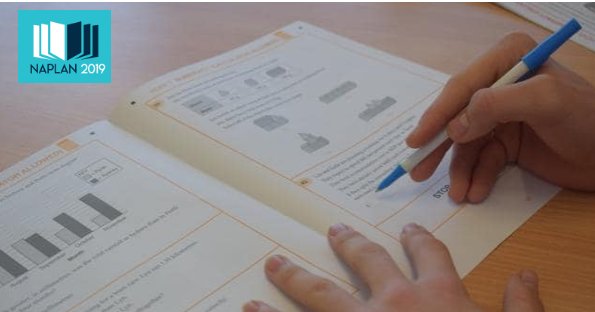Latest NAPLAN results are only useful if they help us to improve

Monday’s release of 2019’s NAPLAN results will be concerning reading for many parents. The headlines of failing schools, teacher blame and poor student performance feed the debate about the validity of NAPLAN.
Let’s look at the mixed results from the latest data and how you can use NAPLAN to have a productive conversation with your child and school.
The positives
Victoria’s primary schools led the country in seven out of ten different categories. Nationally, there was an uplift in all student writing results when compared to 2018.
Early figures from the 2019 data showed that while primary school students had small gains in average scores in some areas, results, however, were stagnant across most sections.
St Margaret’s Principal Ros Curtis said that the key to their success as a school was an “explicit teaching of the foundational skills of learning – literacy and numeracy”. She goes on to say, “We’ve done that by increasing teaching time for literacy and numeracy, both in the primary school and in the lower secondary school.”
Some concerns
Nationwide, there are some worrying concerns for Year 9 students in their reading and writing scores. Queensland Teachers’ Union President says that by Year 9 the students are not trying as hard and are “a bit over” it. This is not only dismissive but unhelpful. Victorian Education Minister James Merlino said Year 9 was “the most difficult” cohort to engage in their education. “If they don’t see the relevance in the test, they’re not going to take it seriously,” he said. There is a motion to link the NAPLAN tests to a literacy and numeracy certificate for Year 9 students to show potential employers.
Another controversy was the switch from paper tests to an online version. This saw computer glitches and students resitting tests. This, of course, can affect test validity. The online NAPLAN rollout will not occur until after 2021.
Summing up
The release of the data will re-invigorate the debate about whether NAPLAN is worthwhile. The comparison of the results may encourage schools to teach to the test, which can lead to counter-productive teaching methods. Some parents and teachers argue that the tests are too stressful for children.
There will always be areas of concern but the results should not be used to discourage students or blame teachers that they are not doing enough. Currently, NAPLAN is the best method we have of comparing schooling and students nationally. As with any testing, there is value in evaluating the tests and looking for improvements.
How can parents best use NAPLAN results?
Over the coming weeks, parents and schools will receive individual results. Use these results as an opportunity to have a constructive conversation with your child’s teacher. Where are the areas that your child might require some extra support? Maybe there are some trends in your child’s school that indicate certain numeracy or literacy areas require extra focus. Use your child’s NAPLAN report to check any areas where they might struggle or areas that showed proficiency (you may be surprised by their strength in a concept!).
Check out our blogs for more ideas and tips.
Boys Love LFB – Here’s what they have to say!
Get boys reading in the digital age
Why write? Tips for reluctant writers
Brought to you by Tanya Grambower
